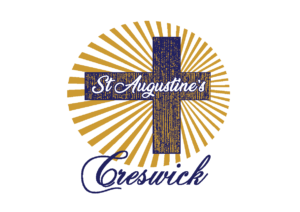The historic Victorian gold mining town of Creswick; cradled between ancient volcanic hilltops, this picturesque town boasts a resident population of more than 3,000 people.
Set amongst majestic eucalypts, Creswick’s broad elegantly curved main street is lined with buildings that owe their existence to the region’s common benefactor – gold.
Creswick lies at the heart of the central goldfields, just 16kms north of Ballarat and neighbouring the iconic tourism regions of Clunes, Daylesford, the Hepburn spa country, and the Macedon Ranges.
Built on the proceeds of rich gold deposits mined from the 1850’s, Creswick today proudly displays fine examples of the grand architecture so reminiscent of that bygone era. A stroll down the main street will reveal a number of historic buildings including the former State Savings Bank, Post Office, Library and Havilah Masonic Lodge.
Far from being ‘just’ a mining town, Creswick is the Australian birthplace of reforestation. John Le Gerche began re-planting forest areas ravaged by mining activity in 1882. Today, much of La Gerche’s work survives around Creswick including magnificent plantings lining local streets.
Picturesque Creswick has a rich heritage and has produced some of Australia’s most influential bureaucrats, politicians and business people. In 1885 the country’s 14th Prime Minister, John Curtin, was born in the town and called it home for some years. So did the multi-talented Lindsay Family, with artist Norman Lindsay perhaps the most famous of Creswick’s artistic sons. An exhibition of Lindsay paintings is frequently on display at the Creswick Museum along with paintings from other artists such as Victor Litherland. The museum’s most important collection of artworks is the Colonial Art Collection of artworks relating to Creswick’s past, which is always on display.
Courtesy of Business and Tourism Creswick Inc

